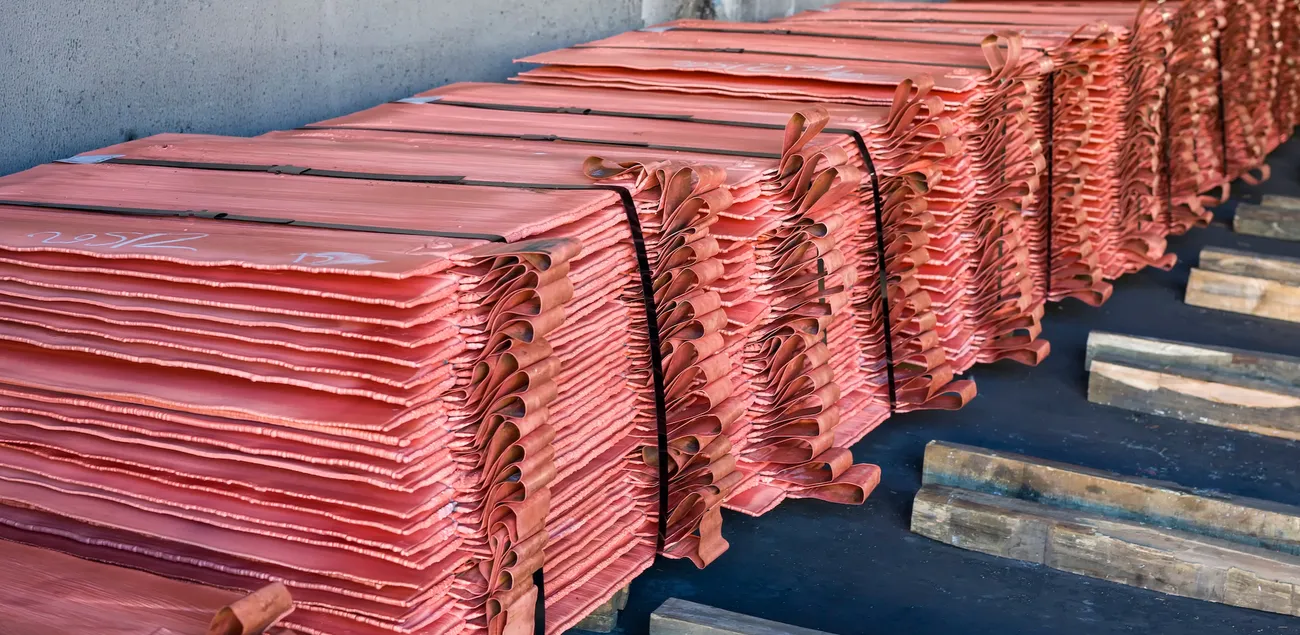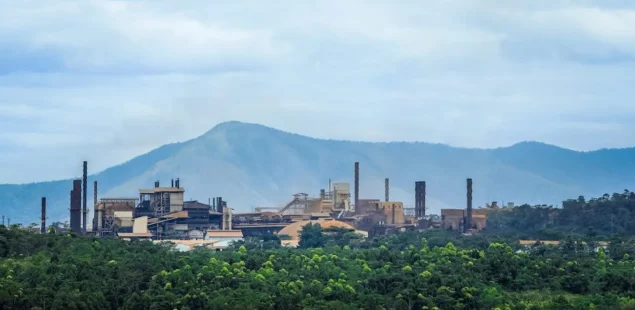
Goldman Sachs salespeople recommended hedge-fund clients buy upside call options on U.S. copper a day before President Donald Trump unveiled a scaled-back tariff plan that exempted refined metal, triggering the sharpest price collapse on the New York contract since records began in 1988, according to people briefed on the calls and subsequent desk emails. On Wednesday afternoon the White House said a 50% levy would apply only to semi-finished copper goods such as wire and pipe, not refined cathode—upending a consensus trade that had driven a historic premium for COMEX over London prices. Front-month futures slumped about 20–22% within hours; Goldman’s desk later emailed clients: “No copper tariff. Mea Culpa.”   
The recommendation—and the reversal
In the Tuesday call, Goldman argued the administration would “go ahead with a 50% tariff” across copper and suggested short-dated COMEX calls that would pay off if prices rose roughly 11% from prevailing levels—trades that lost more than 90% after the announcement, Bloomberg reported. The sales push followed months of bank and fund positioning for broader duties after Trump floated a headline 50% tariff in early July. Citi’s sales desk similarly promoted buying the COMEX–LME arbitrage on Wednesday morning, according to messages seen by clients, underscoring how widely the market was positioned the wrong way.
Policy fine print: refined copper spared—for now
The presidential proclamation imposed a 50% duty on semi-finished products and “intensive copper derivative products,” explicitly excluding ores, concentrates and refined cathode. It also directed domestic-sales requirements for high-quality copper scrap and advised potential phased tariffs on refined copper starting in 2027 (15%) and 2028 (30%), pending review—elements that may influence medium-term trade flows but offered no immediate support to U.S. futures.
After the crash: unwinding a crowded trade
The abrupt exemption crushed the COMEX premium and left traders with swollen U.S. inventories built ahead of the expected levy. Warehouse stocks on the U.S. contract had jumped to multi-year highs as metal was drawn from the LME to exploit the spread; with the arbitrage shut, merchants have scrambled for storage or re-export options, Bloomberg and other outlets reported.
How consensus formed—and failed
For weeks, banks and brokers had told clients to expect sweeping tariffs under Section 232, reinforcing a price gap that peaked near 25–30% between COMEX and the LME. Reuters noted many desks’ base case remained a “50% headline” levy as late as July 9, feeding into options and spread trades that unraveled once refined cathode was spared. The Financial Times and Reuters both detailed the immediate aftermath: New York copper down roughly 18–20%, the spread compressing in minutes.
Sales vs. research: a split message
Goldman’s commodities research team had also flagged a 50% tariff scenario but, in a note earlier in the week, warned “minerals diplomacy” could produce exemptions and recommended taking profits on long-COMEX/short-LME positions. The sales desk’s bullish options call the day before the announcement—and its “mea culpa” after—highlight the operational risk when policy outcomes hinge on last-minute carve-outs.
What it means for copper markets
The tariff tweak doesn’t alter global fundamentals—tight mine supply versus robust grid and data-center demand—but it does reset near-term U.S. pricing, with the policy shock removing the artificial premium that had distorted trade flows. With refined copper spared until at least 2027, U.S. buyers should again reference the LME more closely, while any future move toward cathode tariffs—or stricter domestic-sales mandates for scrap—would re-open the arbitrage. For now, the episode underlines that political optionality can overwhelm positioning: as Reuters put it, Trump’s “watered-down” decision “crushed the COMEX premium,” forcing a rapid repricing across desks that had bet on a broader levy.



